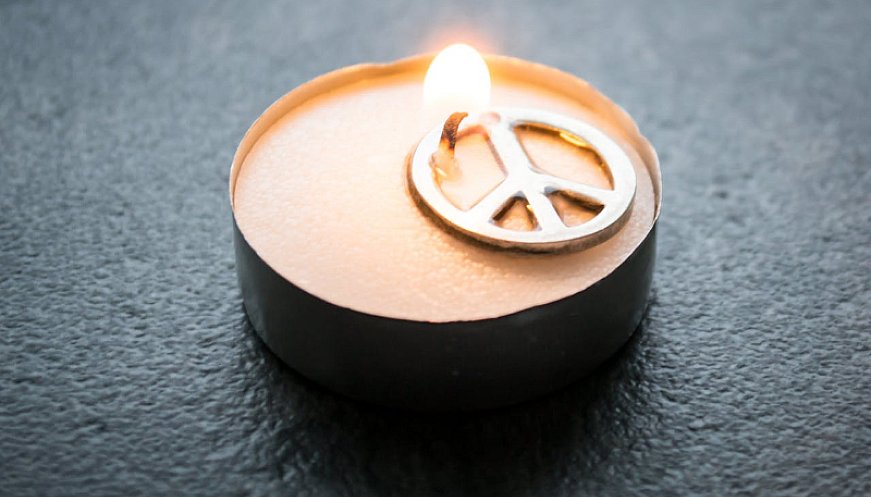|
|
|---|
|
KarunaNews: A Meeting Of Jewish And Muslim Women Gives Me Hope |
|
Introducing the Spirituality&PracticeBot! |
|
|
|
What a joy to host a Awakin London retreat with Jin Wei and Jin Chuan! |
|
KarunaNews: They Always Leave A $1,000 Tip After Breakfast |
|
Cindy's touching comment on yesterday's DailyGood: Drinking the Tears of the World: Grief as Deep Activism ... "Thank you for this article. Since losing my son two years ago (when everyone was so afraid of covid that only two friends attended my son's wake), I have been waiting and waiting to read the words somewhere that might resonate. Over the past two years, I've probably read 30 books and 40 articles on grief. This is the only one that reached me. I'm very grateful."
|
|
Tomas Bjorkman recently invited us to a weekend retreat around inner development. He's the author of a compelling book, The Nordic Secret. Here's David Brooks describing it in the New York Times: Almost everybody admires the Nordic model. Countries like Sweden, Denmark, Norway and Finland have high economic productivity, high social equality, high social trust and high levels of personal happiness. See also Tomas's Ted Talks: How Inner Development Can Create Stronger Democracies |
|
KarunaNews: How Boston Halved Its High School Dropout Rate |
|
KarunaNews: The Philanthropist Who Gave Away His Billions |
|
Last week, ServiceSpace was invited to offer our vision to several thousand changemakers at a global Inner Development Goals Summit in Sweden. Below is the plenary on "AI + Heart Intelligence" from the ServiceSpace lens ... it felt like people were hungry for such a narrative! |



